#egyption cinema
Text
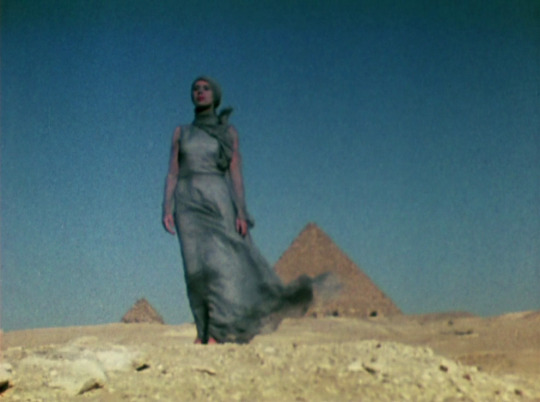
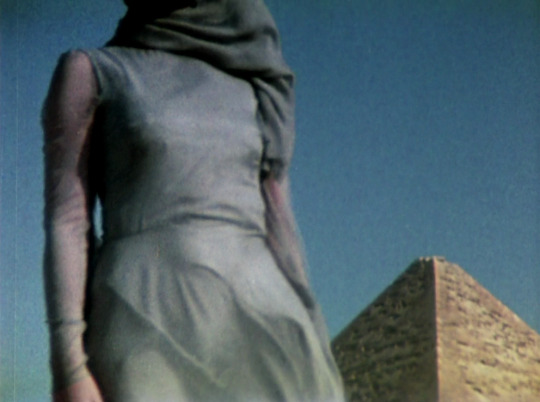

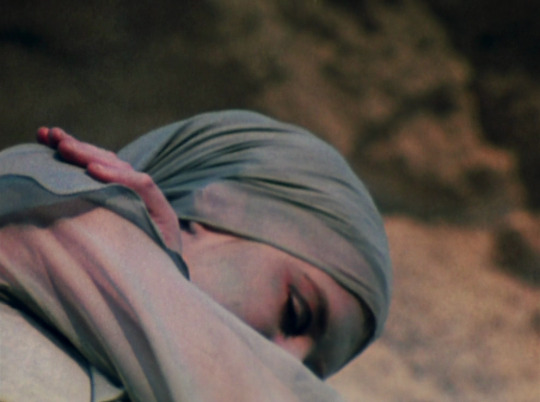
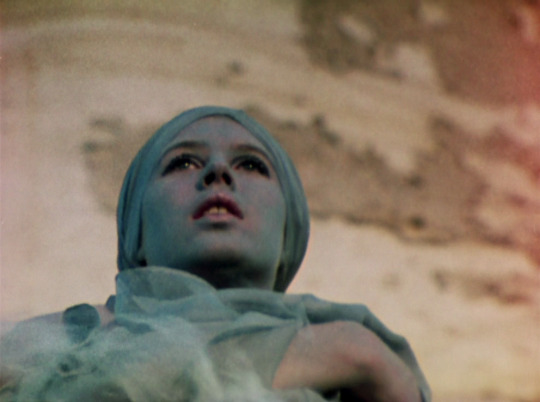


Lucifer Rising (Kenneth Anger, 1972)
#Lucifer Rising#Kenneth Anger#Anger#1972#short film#egypt#pyramid#experimental cinema#colour#blue#dress#long shot#desert#landscapes
306 notes
·
View notes
Text
Bharani : the birth of Venus.
Part 1

Let's talk about ancient godesses of love and Bharani nakshatra.
I will base my research on the legend of the dead and resurrected god present in many religious myths coming from the middle east (ps : i'm sorry in advance for the grammar, syntax or spelling mistakes that you may find in this post, english is not my first language)
Bharani, situated in the heart of the rashi of aries is governed by Shukr: Venus but also by Yami and Yama in vedic mythology who are twins and gods respectfully of life and death.

Yama, the main deity of Bharani is said to be one of "8 celestial gatekeepers, who guards eight directional doorways or exits through which souls travel from an earthly plane to other planes of existence" making him the lord of Dharma since at one's death, he decides basing on his karma in what plane should one reincarnate.

Since Yama is responsible for directing the flow of life on Earth the association between bharani and the yoni becomes evident: the female reproducting system serves as a portal for souls to take on a physical form. So bharani as Claire Nakti perfectly described it relates to the feminine ability to receive, hold, nurture and ultimately transform through the womb.
Because Bharani aligns itself with all the feminine qualities by excellence it makes sense as to why Venus is it's ruler.
Venus is the roman name for the goddess Aphrodite: in greek mythology. She is said to be the goddess of love and beauty at large but also the goddess of war and sexuality. First because the ancient greeks saw the duality that links love to war and how they seem to come together through sex.
Also, Aphrodite is said to be born from the sperm of Ouranos when his testicules got cut by his son Saturn as he was always feconding Gaia, the Earth and causing her distress: he was acting cruel regarding their children. The sperm of Ouranus got mixed up with the foam of the Ocean creating Aphrodite which means "risen from the foam". So it was interesting to see that as Shukr also means sperm in sanskrit and it shows the origin of Venus as a fertility goddess too.

This conception of Aphrodite directly links her to ancient goddesses of love such as Ishtar or Inana in Mesopotamian/summerian mythology or Isis in egyptian mythology. Most of the time, these goddesses are the female counterpart of a god that was once mortal, got cursed, died and then came back to life for them to form an immortal couple.
In the case of Ishtar, her consort is Dumuzi or Tammuz and Osiris is the consort of Isis.
In Mesopotamian mythology :
Ishtar or Inana in sumerian is the goddess of love and sexuality, beauty, fertility as well as war because of her status as a " bloody goddess" mostly refering to her character in plenty of myths.
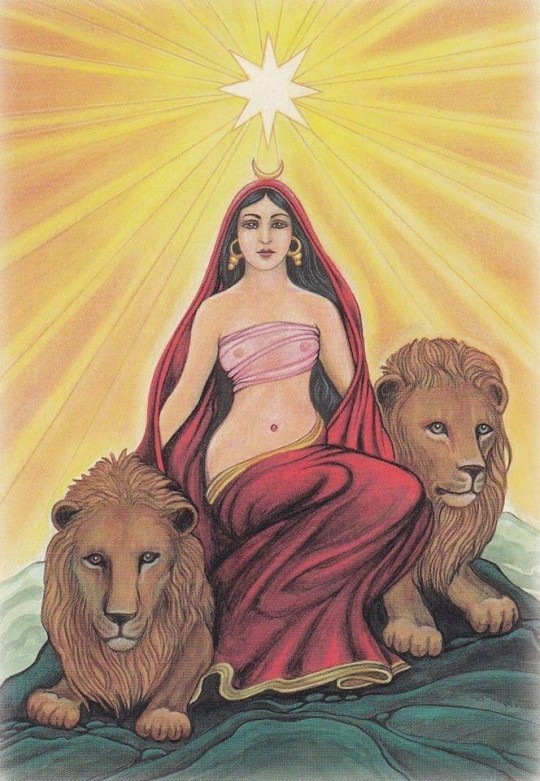
For example: in one story, she became infatuated with the king Gilgamesh, but the latter knowing her fierce reputation, refused her advances. As a result she got furious and unleashed the celestial Bull on Earth which resulted in 7 years of plagues. This celestial bull was later defeated by Gilgamesh and Endiku, and its corpse was throwed in front of Inana. Blinded by rage, she decided that as a punition Enkidu must die and sad at the death of his bestfriend Gilgamesh began his journey to find a cure to Death.
Bharani is a fierce or Ugra nakshatra meaning that its nature is agressive, bold and assertive in pursuing their goals. They are ruthless in the process of accompling what they desire the most and are inclined to extreme mood swings that can result in them to be "blinded" by their extreme emotions perfectly expressing the passionate character of Venus and her other equivalents in differents pantheons of antiquity.
Inana/ Ishtar's story with Dumuzi/Tammur begins as she was convinced to chose him by her brother Utu. Then she got married with the shepphard Dumuzi instead of whom she prefered in first the farmer: Enkinmdou. During the courtship, Inana prefered the fine textile of the farmer and his beer rather than the thick wool and milk of Dumuzi. The preference for the shepphard illustrates that at the time the Mesopotamian civilisation was known for their proliferent agriculture with the egyptians in the region, so this myth encapsulate the opposition between nomads and sendatary people at this specifific time period.

By the way, another symbol of Bharani is the cave and traditionnaly, the cave was used as a storage room for food. Also Bharani's purpose is Artha so these individuals are motivated to accumalate resources and provide safety and security, so Bharani can be linked to the exploitation of natural ressources like the soil illustrating the preference of Ishtar for the farmer. This is reinforced also by its Earth element.
So coming back to the myth, in a mesopotamian text called Inana's Descent to the Underworld, the goddess goes to Kur (hell) with the intent of conquering it, and her sister Ereshkigal who rules the Underworld, kills her. She learns that she can escape if she finds a sacrifice to replace her, in her search, she encounters servants who were mourning her death however she finds Dumuzi relaxing on a throne being entertained by enslaved girls. Enraged by his disloyalty she selects him as a sacrifice and he is dragged to the Underworld by demons.
He is eventually resurrected by Inana and they become an "immortal couple" as he may only come back to life for half of the year, being replaced by his son (?) who is also his reincarnation for the other half of the same years, so describing the cycle of regeneration of life.
Other mythologycal stories of goddesses in the near east describe a similar patterns:
The goddess Asherah is described as being the mother and the lover of her son Adonis.
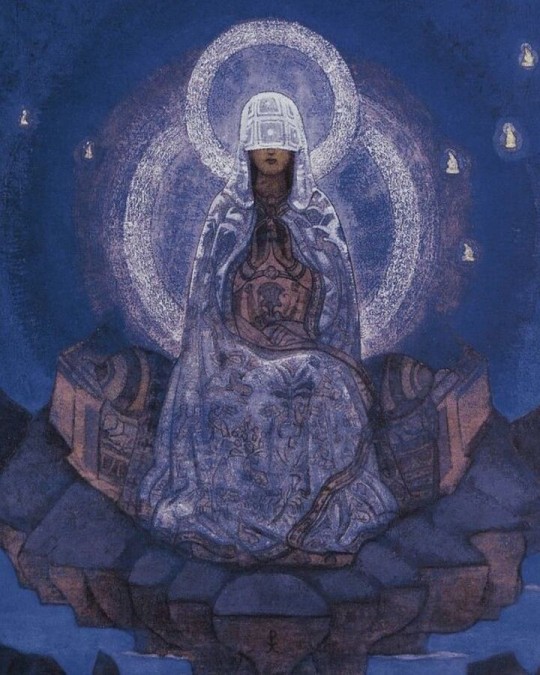
The goddess Cybele in the phrygian pantheon takes the form of an old woman as she described as the mother of everything and of all. And at the same time she is the consort of Attis who his her own son (wtf ?)
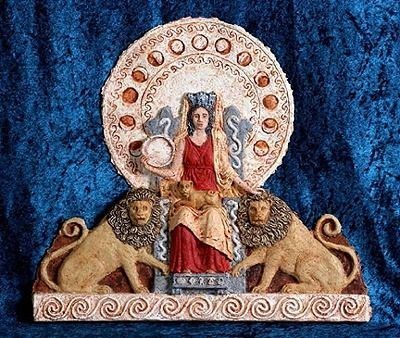
Also, Yama and Yami are implicated in a incestuous entanglement where his sister Yama wanted to lay with him however he refused establishing himself as a god with an infaillible moral campus.
All of these representations illustrate the relation between the masculine and the feminine, life and regenration which are all topics related to Bharani nakshatra. Women by their capacity to give life are seen as the source of life and therefore are eternal as they are able to regenarate themselves through daughters which are identical to them whereas man who is unable to reproduce by himself, is therefore mortal feels the need to associate with her to resurrect through a son who is identical to him. Bharani exiting as the embodiment of the link between "the father and the offspring" which is the feminine vessel.
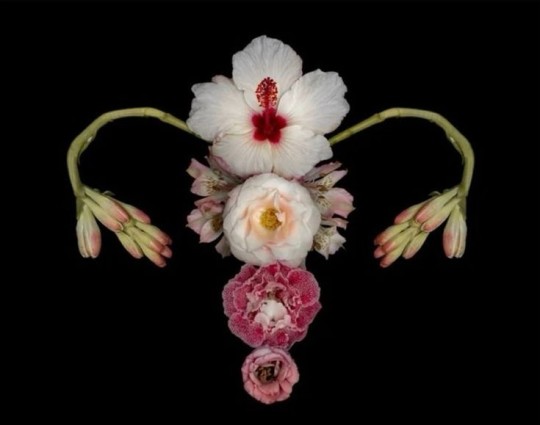

So this is certainly part 1, I think that these ancient myths are where Claire Nakti found her inspiration for her series on Bharani.
#vedic astrology#cinema#coquette#astrology#vintage movies#aesthetic#coquette dollete#fashion#vintage#movies#greek mythology#roman mythology#ancient egypt#bharani#chitra nakshatra#purva bhadrapada#purva phalguni#cowboy carter#venus#adonis
84 notes
·
View notes
Photo

#meme#cinema#film#spongebob#lady bird#little women 2019#mikey and nicky#kung fu panda#the prince of egypt#a silent voice#persepolis#city of god#the matrix#american psycho#cartoon saloon#the breadwinner#the adventures of prince achmed#animation#portrait of a lady on fire#turning red#the babadook#greta gerwig#the wachowskis#shrek
612 notes
·
View notes
Text

Extras on the set of Cleopatra (1963)
#cleopatra 1963#cleopatra#film#classics#classic film#cinema#egypt#egyptian#ancient egypt#ancient egyptian#history#historical film
854 notes
·
View notes
Text

"This tape can record all four possible genres!"
#animated gif#animated gifs#gif#gifs#old advertisements#old ads#retro#vhs#video cassette#80s#scotch#T-120#Egypt#cinema#yamaha pop contest#japan league#genres#all possible entertainment
54 notes
·
View notes
Text

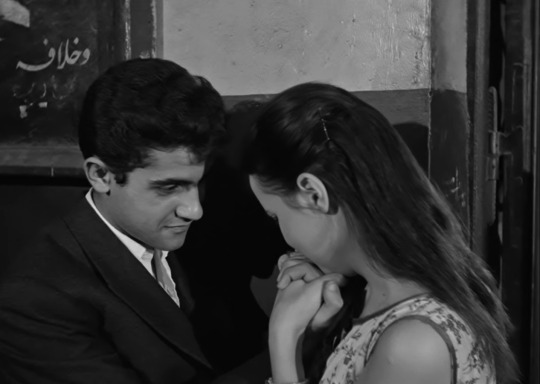
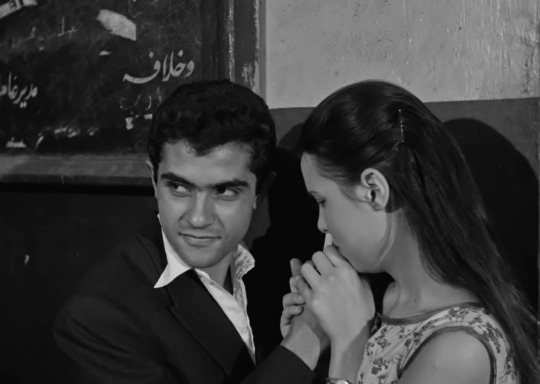
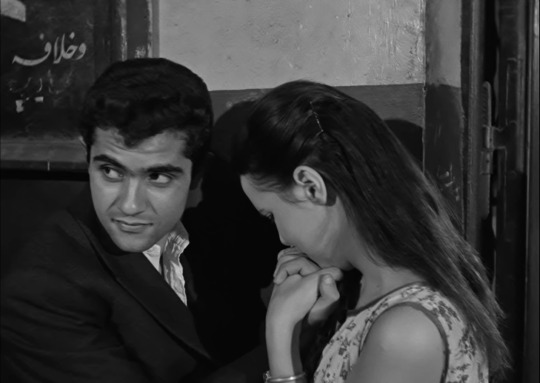
Cairo Station (1958) dir. Youssef Chahine
170 notes
·
View notes
Text
ooooh I didn't know that until today but the Institut Lumière (literally where cinema was invented and the first film was shot) in Lyon has been organizing a Middle-east and North African film festival called Cinémas du Sud for two decades now and they're going to show a premiere of a palestinian film this year !! this is cool !!! lord knows we need to support MENA artists and palestinians especially now more than ever
les français-es cinéphiles si vous vivez dans les parages je vous encourage à y faire un tour !
here's the poster for the festival :

#upthebaguette#whatthefrance#french side of tumblr#cinema#mena#bee tries to talk#palestine#tunisia#syria#lebanon#yemen#egypt#algeria#irak#morocco
25 notes
·
View notes
Text
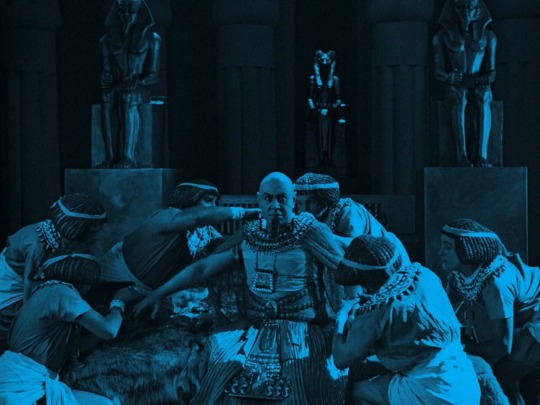
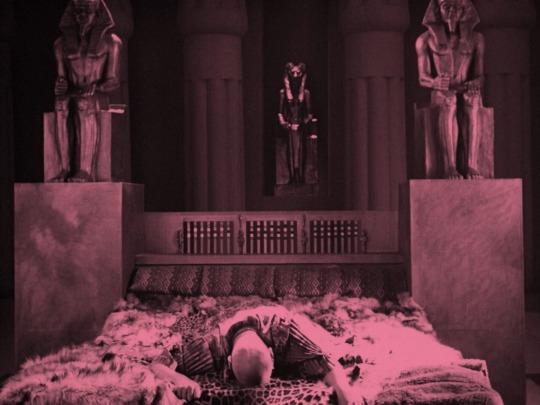
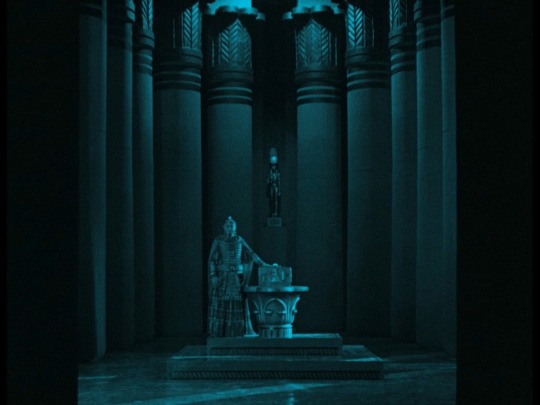


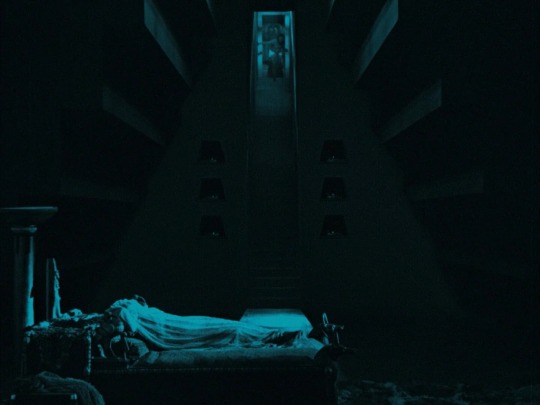

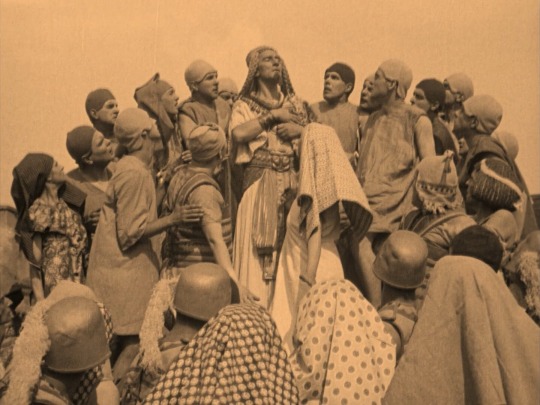
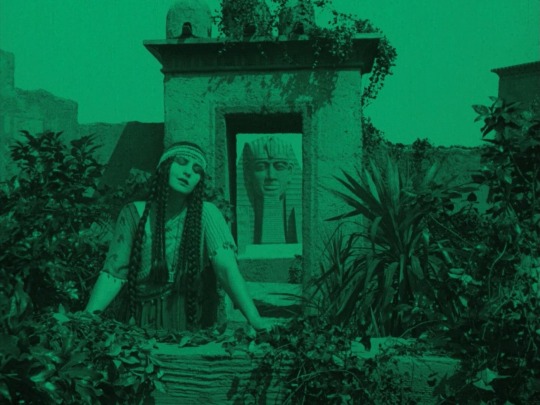

Das Weib des Pharao (Ernst Lubitsch, 1922)
#Das Weib des Pharao#ernst lubitsch#emil jannings#Dagny Servaes#german movies#german film#german cinema#silent cinema#silent#silent film#silent movies#1922#ancient egypt
40 notes
·
View notes
Text






Daniel Isn't Real // Adam Egypt Mortimer // 2019
#Daniel Isn't Real#Adam Egypt Mortimer#2019#Miles Robbins#Patrick Schwarzenegger#Sasha Lane#soraskyecinema#Cinema
14 notes
·
View notes
Text


By:@itsclassicmee
“Melancholy were the sounds on a winter's night.”
Virginia Woolf, "Jacob's Room"
#winter#film photography#photographers on tumblr#photography#fall academia#dark academia#classic academia#chaotic academia#night#night walk#autumn#cinema#cinemetography#film#art#dark acadamia aesthetic#aethestic#alexandria egypt#virginia woolf#qoutes#books and libraries#dark academia quotes#writers and poets#classic literature#poem#melancholy#loneliness#cold weather#virginia woolf quotes#solitude
18 notes
·
View notes
Text
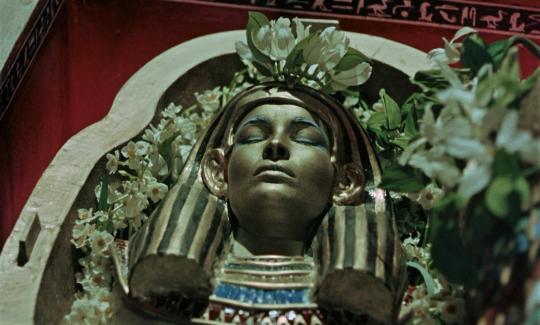
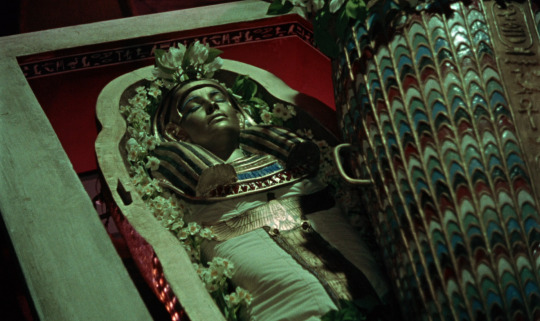
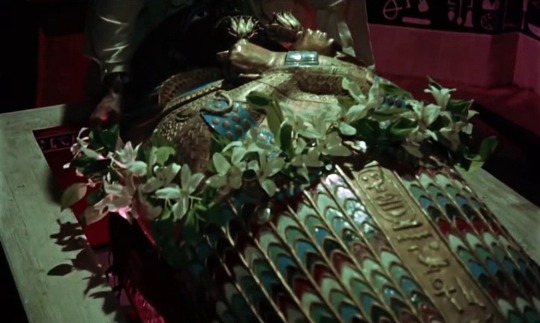
the mummy, 1959.
54 notes
·
View notes
Text


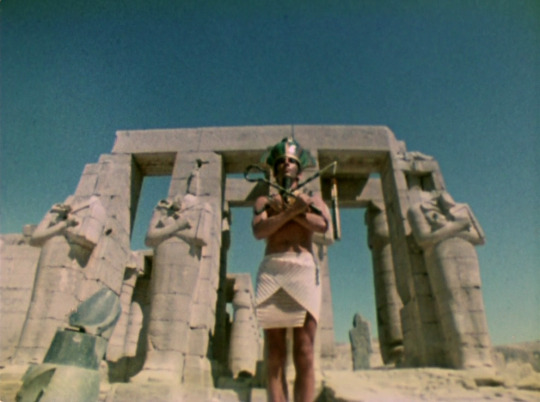

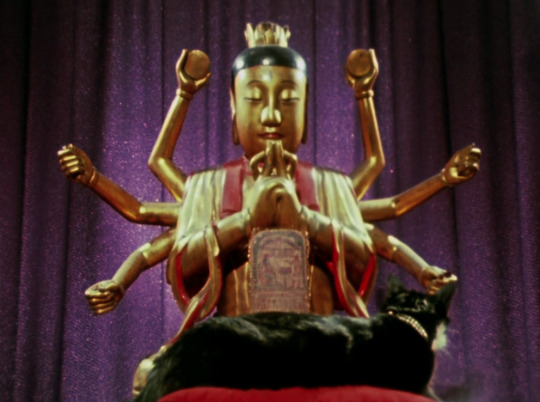

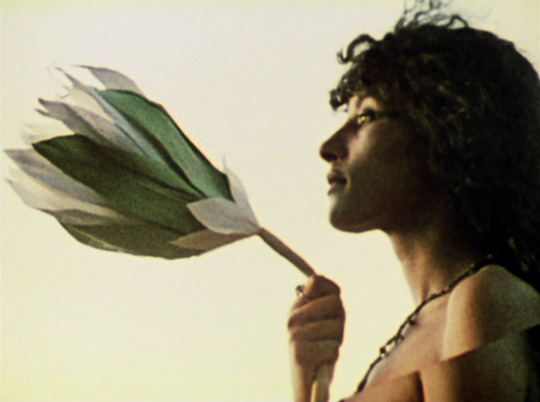

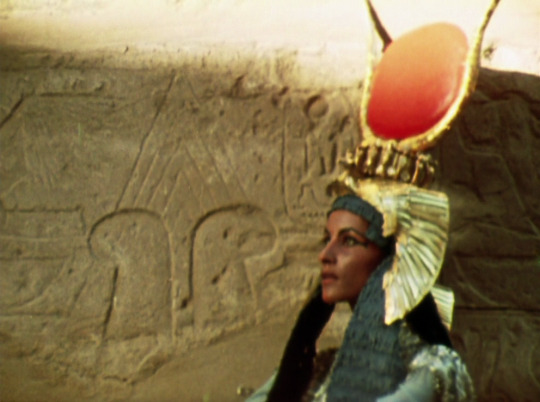

Lucifer Rising (Kenneth Anger, 1972)
#films watched in 2023#Lucifer Rising#Kenneth Anger#Anger#1972#short film#egypt#pyramid#experimental cinema#ocho#desert#Marianne Faithfull#Myriam Gibril#Donald Cammell#seventies#fantastic#surrealism#bathtub#sun#fashion#Bobby Beausoleil#independent cinema
371 notes
·
View notes
Text
#Egypt#hebrew#black history#Africa#Bible stories#black cinema#cinema#bible history#black actors#black actresses#free mason#magick
36 notes
·
View notes
Text
(Archive) Animated movie of the day: The Prince of Egypt (1998)
Originally posted: January 6th, 2022
No, I'm not a man of faith. In fact, I can be very critical of it. So I can't say in all honesty that I agree in the slightest with the theological and moral views or the historical descriptions in the Old Testament. However, I can find artistic merit in a well told story, which is very much the case of this film.
This early Dreamworks production is by no means the only cinema retelling of the story of Moses and the captivity of Israel in the land of Egypt (one of Hollywood's biggest epics is The Ten Commandments (1956) after all). What this version of the story does that others don't, however, is bring a human layer to a part of the story that simply wasn't there before. The aforementioned epic and even the Biblical recounting seem to mostly skim over this part, but Moses and the Pharaoh(who wasn't specified as Ramses in the Book of Exodus yet is referred as such in this and other films) used to be brothers. Adoptive of course, but this means the antagonistic relationship they're put through given the conflict should've meant more to them than just making demands to each other or spouting lines about which God is the true one.
That's the one true strength of the film. I don't agree with God's approach in this tale, but the movie's very compelling drama puts in perspective why people would. You can empathise with Moses here, seeing his plight as an israelite that can't turn a blind eye to the suffering of "just slaves" anymore. You can also empathise with Ramses, always craving for the respect of his father but never feeling earning of it, and being torn between his former brother and his duty as the ruler of the land.
It surpasses one of Hollywood's biggest classics not because of a bigger scope, but rather a smaller one, that also manages to be more accurate to the Biblical accounts with fewer liberties. It should be telling of it's quality that even as an atheist I still earnestly recommend this film.
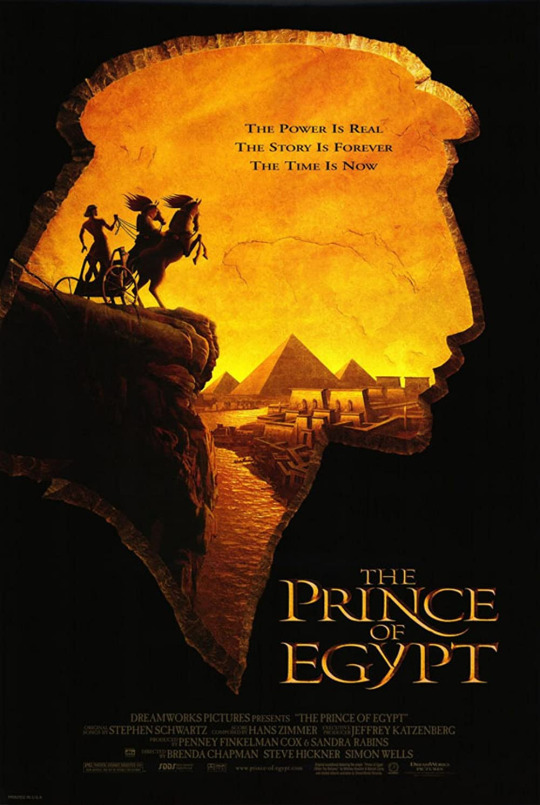
#roskirambles#animated films#dreamworks#prince of egypt#biblical fiction#val kilmer#ralph fiennes#michelle pfeiffer#jeff goldblum#sandra bullock#danny glover#hellen mirren#patrick stewart#steve martin#martin short#musical cinema
9 notes
·
View notes
Text
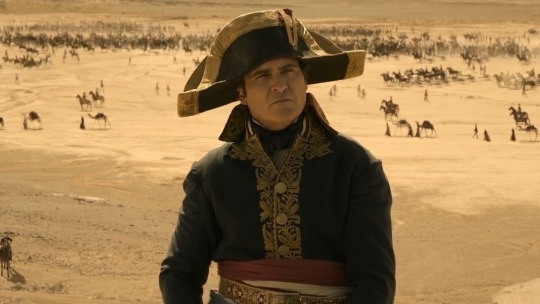
Napoleon 2023
#napoleon#film#joaquin phoenix#ridley scott#egypt#egyptian campaign#history#europe#european#france#cinema#kino#napoleonic#napoléon bonaparte#napoleon bonaparte#napoléon#french revolutionary wars#napoleonic wars
93 notes
·
View notes
Photo
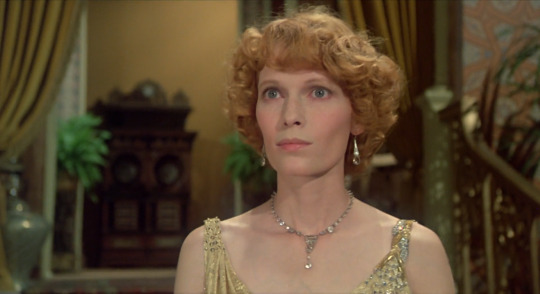




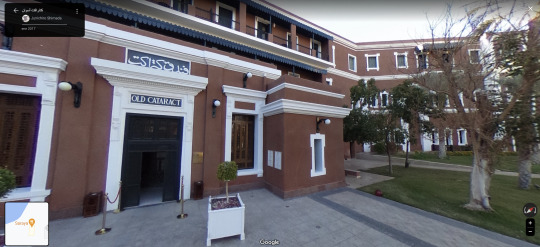


Death on the Nile
John Guillermin. 1978
Cataract Hotel
Abtal El Tahrir Street, Sheyakhah Oula, Aswan 1, Aswan Governorate 81511, Egypt
See in map
See in imdb
#john guillermin#death on the nile#agatha christie#mia farrow#nile#aswan#egypt#hotel#movie#cinema#film#location#google maps#street view#1978
34 notes
·
View notes